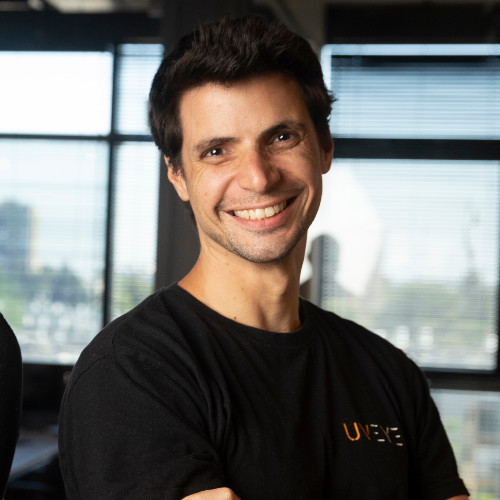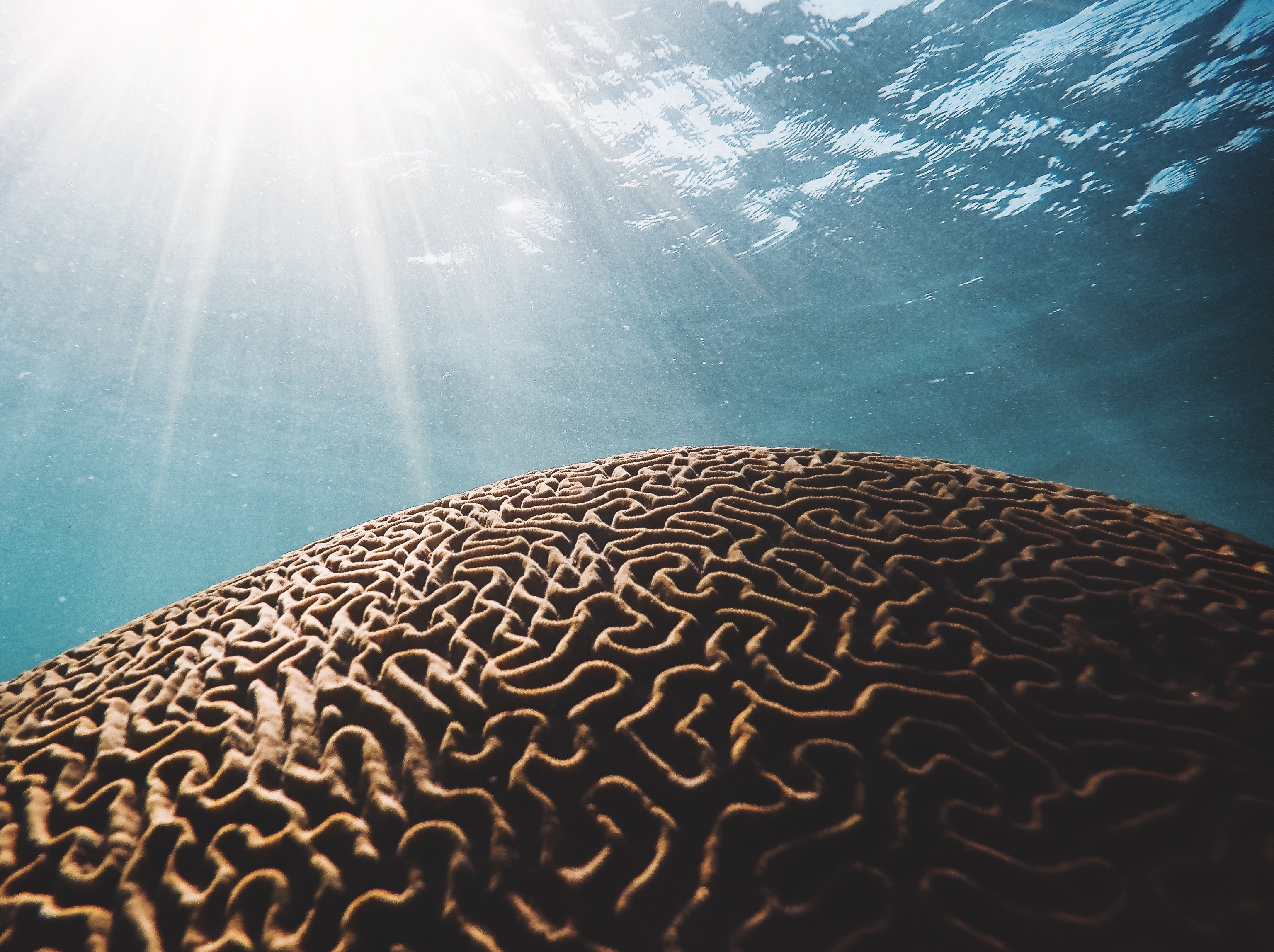Artificial Intelligence
1Mby1M Udemy Courses with Sramana Mitra: Domain Knowledge

At 1Mby1M, we believe in learning from case studies of successful entrepreneurs. These case studies involve discussions on opportunities and challenges specific to the domain such as Generative AI, E-Commerce, Digital Health, Cyber Security, and FinTech.
>>>Thought Leaders in Artificial Intelligence: Allied Universal CIO Mark Mullison (Part 1)

Mark takes us through some interesting use cases in safety and security.
Sramana Mitra: Let’s start by introducing our audience to yourself and to Allied Universal.
Mark Mullison: I’m the Chief Information Officer for Allied Universal. Allied Universal is a security services firm that provides staffing and technology services that help to drive better safety and security outcomes for our clients.
>>>Featured Videos
Can 1M/1M Help Me Raise Money?
How Does 1M/1M Democratize Entrepreneurship Education?
How Does 1M/1M Democratize Management Consulting?
When Is The Right Time To Join 1M/1M?
Can 1M/1M Help Me With Business Development?
Can 1M/1M Help Me With Market Sizing?
Can 1M/1M Help Me Validate My Product?
Will I Have Private 1-on-1 Sessions In 1M/1M?
How Does 1M/1M Help Entrepreneurs Connect With Silicon Valley?
Mentoring or Consulting?
Why Does 1M/1M Charge $1000 a Year?
Why Does 1M/1M Partner With Local Organizations?
Why Don\’t Mentoring Networks Work?
Why Is It Important To Study With 1M/1M Now?
Dan Stewart Story
Vikrant Mathur Story
Thought Leaders in Big Data: Eastbanc Technologies, Chairman Wolf Ruzicka and Polina Reshetova, Head of Data Science (Part 1)
Eastbanc Technologies is a services company that has spun off a number of product companies based on their services business. More recently, their focus has been on AI and Big Data.
Sramana Mitra: If you would please set some context about Eastbanc Technologies to start off this interview, that would be ideal.
>>>Thought Leaders in Artificial Intelligence: Javid Muhammedali, VP of Artificial Intelligence at Bullhorn (Part 1)

The recruitment industry is ripe for massive automation. This discussion deep dives into the topic.
Sramana Mitra: Let’s start by introducing our audience to yourself as well as Bullhorn.
>>>Thought Leaders in Artificial Intelligence: Amir Hever, CEO of UVEye (Part 1)

This is a fascinating discussion on how UVEye is applying computer vision and machine learning to vehicle inspection for use cases such as terrorism prevention.
Sramana Mitra: Let’s start by introducing our audience to yourself as well as to UVEye.
>>>Thought Leaders in Big Data: Ganes Kesari, Cofounder & Chief Decision Scientist of Gramener (Part 1)

This is an excellent discussion on visualization products in the Big Data space and the gaps that could be filled by new entrepreneurs.
Sramana Mitra: Let’s start by introducing our audience to yourself as well as to Gramener.
Ganes Kesari: I have 16 years of experience in technology and half of that has been as an entrepreneur in the data science industry. In the early part of my career, I focused on driving strategic technology initiatives for clients like General Electric and AT&T.
>>>1Mby1M Deal Radar 2019: Amplify.ai, Palo Alto, CA
According to Statistics MRC, the global contact center market was estimated to be $26 billion in 2018. Amplify.ai claims to be the industry’s first and only AI-driven engagement platform that amplifies customer engagement with immersive and persistent conversations. Its end-to-end platform offers tools to measure, optimize and manage the full lifecycle of a brand experience.
>>>Thought Leaders in Artificial Intelligence: Socialbakers CEO, Yuval Ben-Itzhak (Part 1)

Yuval has been in the Content Marketing industry for a long time and has very specific insights on that industry’s evolution in the age of AI.
Sramana Mitra: Let’s start by introducing our audience to Socialbakers and to yourself.
Yuval Ben-Itzhak: I’m the Chief Executive Officer of Socialbakers. We’re a marketing tech company providing marketing platform around social media. We power that with AI and machine learning to help marketers grow and engage with their audience.
Sramana Mitra: What kind of customers do you like to work for? What customers are the best suited target to your audience? >>>
Man and Superman: Augmentation of the Human Brain

As automation devastates the fundamental economic model of the human civilization, we are faced with the option of augmenting the human brain such that ALL unskilled, low-IQ humans become upgraded.
I wrote on this topic last year: Man and Superman: Can Displaced Blue Collar Workers Become Doctors?
Since then, Elon Musk has made public statements about Neuralink, his venture to connect the human brain to computers.
Thought Leaders in Artificial Intelligence: Michel Morvan, Co-Founder of Cosmo Tech (Part 1)

This is a dense discussion on decision support systems capable of handling complex problems. Requires technical knowledge to follow.
Sramana Mitra: Let’s start by introducing our readers to yourself and to Cosmo Tech.
Michel Morvan: I’m the Co-Founder and Executive Chairman of Cosmo Tech. We are a technology company. We create software to help decision makers make decisions in the most complex environment and being able to forecast the impact of the decision on their business. We do that mainly by using very sophisticated modelling and simulation tools. >>>
Thought Leaders in Artificial Intelligence: Matthew Sappern, CEO of PeriGen (Part 1)

I have been talking about the applications of AI on Healthcare IT problems. Here is a great case study.
Sramana Mitra: Let’s start by having you introduce yourself as well as PeriGen to our audience.
Matthew Sappern: I’m the CEO of of PeriGen. PeriGen is a software developer. We make software as a medical device. We’re FDA-cleared. Our primary goal is to build software that helps clinicians prevent adverse outcomes in childbirth, which is a pretty important task.
Sramana Mitra: Double-click down on that and explain what exactly are we talking about. Give us a use case and talk us through how this works. >>>


